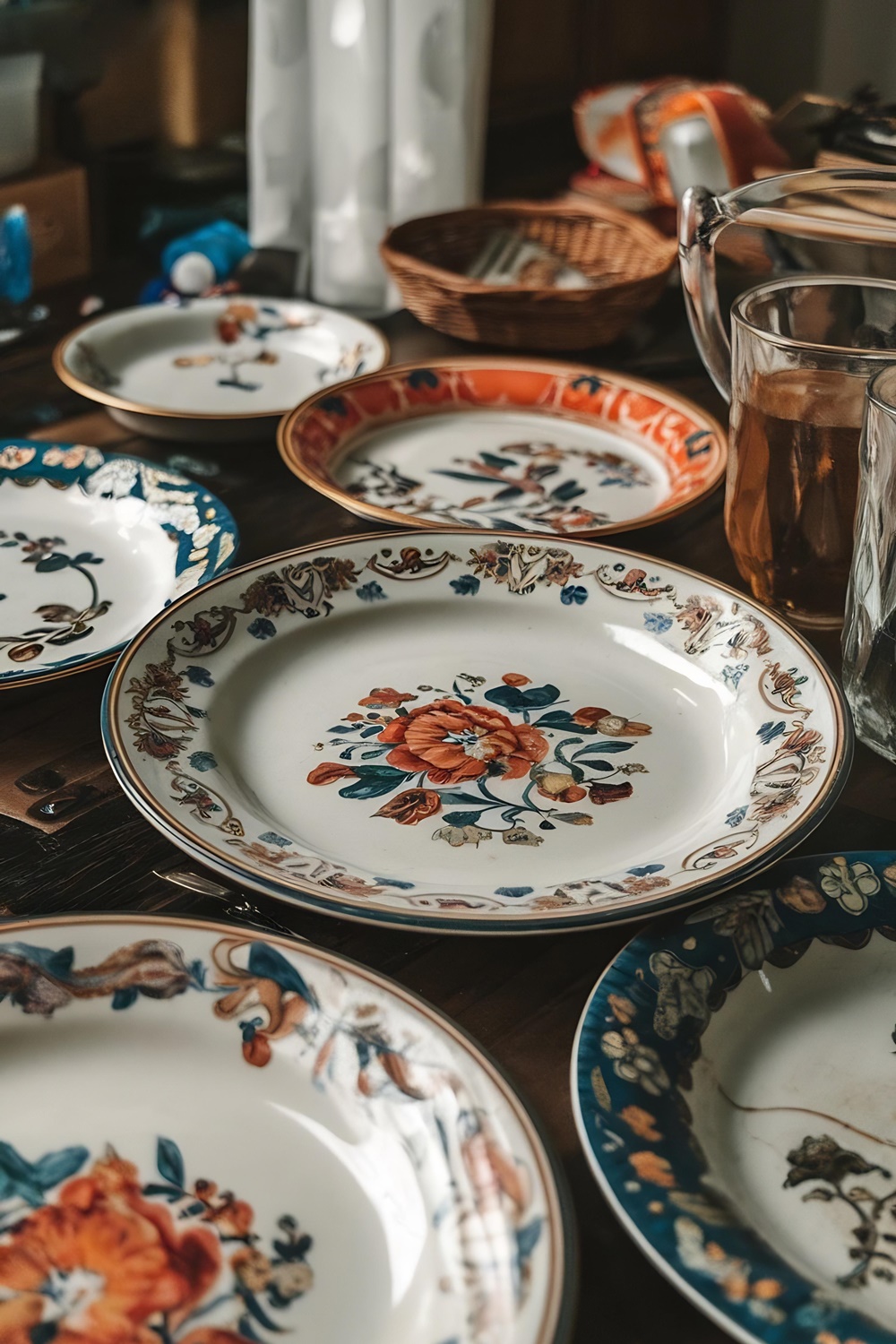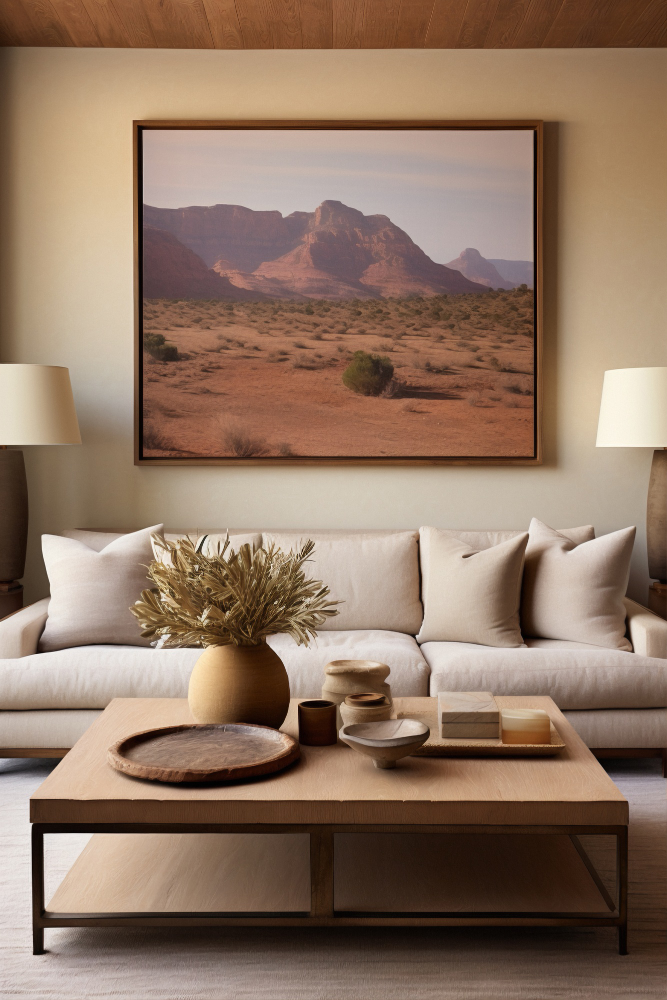
Crockery.
A crockery unit in the living room is a functional and decorative piece of furniture designed to store and display dining essentials such as plates, glasses, cutlery, and other serveware. It serves as an elegant solution for organizing and showcasing crockery while contributing to the overall decor of the living space.
Key Elements of a Crockery Unit:
1. Design Styles:
- Traditional: Crafted from wood with intricate carvings, traditional crockery units often feature rich tones like walnut or teak, along with detailed moldings, creating a classic and formal look.
- Modern/Contemporary: Sleek and minimalist designs with clean lines and materials like glass, metal, or high-gloss finishes characterize modern crockery units. These focus on simplicity and functionality.
- Rustic/Industrial: Units made from reclaimed wood or metal with an unfinished or rough texture add a rustic or industrial vibe. They may include distressed finishes or exposed metal details.
- Scandinavian: Known for light wood tones, minimalism, and functionality, Scandinavian-style units feature simple designs with a focus on natural materials and muted color palettes.
2. Materials:
- Wood: The most common material, used for both traditional and modern crockery units. Solid woods like oak, mahogany, or engineered woods (MDF, plywood) provide strength and durability.
- Glass: Glass-fronted cabinets and shelves are often used to showcase crockery, allowing for a clear view of the items while protecting them from dust.
- Metal: Metal frames or accents in handles, legs, or doors can add a contemporary or industrial edge to the design. It is often paired with wood or glass for a balanced look.
- Laminates/High Gloss: These materials offer a variety of finishes and are used in modern designs for a sleek and polished appearance. They are also easy to clean and maintain.
3. Types of Crockery Units:
- Display Cabinet: A large unit with glass-fronted doors, shelves, and drawers designed to display crockery and other decorative items. This type is ideal for showcasing delicate or high-end dishware.
- Sideboard or Buffet: A low-standing unit with a combination of closed cabinets and open shelves or drawers. Sideboards can be placed against a wall and often have a wide surface that can double as a serving station during gatherings.
- Hutch: A combination of a sideboard with a top cabinet (usually glass-fronted) for additional storage and display. The hutch provides a tall, elegant display area for crockery, while the bottom offers concealed storage for other items.
- Floating or Wall-Mounted Units: These space-saving units are mounted on the wall and typically include open shelves or glass-fronted doors. They work well in smaller living rooms or contemporary spaces where floor space is limited.
4. Storage and Organization:
- Glass-Fronted Cabinets: These are the most common feature in crockery units, allowing you to display your most beautiful dishes, glasses, or decorative items while keeping them dust-free.
- Drawers: Used for storing smaller items such as cutlery, napkins, and table linens. Drawers help keep these essentials organized and easily accessible.
- Open Shelves: Open shelves are ideal for frequently used items or for displaying decorative pieces like vases, pitchers, or teapots. They add an open, airy look to the unit.
- Closed Cabinets: Offering hidden storage, closed cabinets help keep items organized while concealing less visually appealing items like everyday dishes or kitchenware.
- Wine Racks: Some crockery units come with built-in wine racks or bottle storage, making it easy to store wine bottles or other beverages.
5. Lighting Features:
- LED or Backlighting: Built-in lighting, often LED, is a common feature in glass-fronted crockery units. It highlights the displayed items and adds a soft, ambient glow to the room, making the unit a focal point.
- Spotlights: Some units incorporate spotlights to specifically illuminate key shelves or areas, enhancing the visual appeal of displayed crockery.


